'Resistant' trees planted in Hampshire in ash dieback fight
- Published
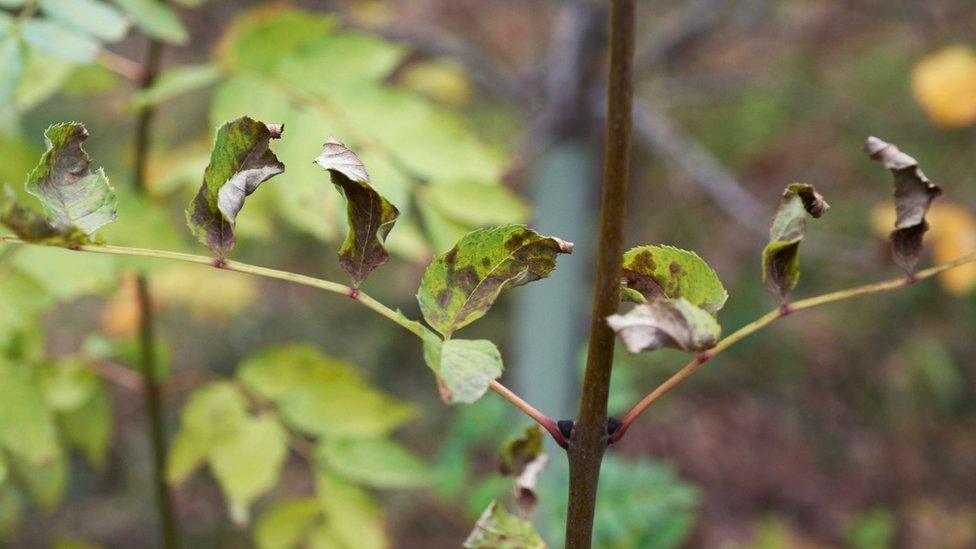
Ash dieback has devastated trees across Europe
A planting scheme has begun to grow trees that it is hoped will be resistant to ash dieback disease.
Scientists are growing 3,000 saplings in Hampshire and will monitor them for symptoms of the disease, which has devastated ash trees.
The specimens have been propagated from the shoots of trees which have already shown signs of disease tolerance.
The government said it was a "major step towards maintaining and restoring ash in the British landscape".
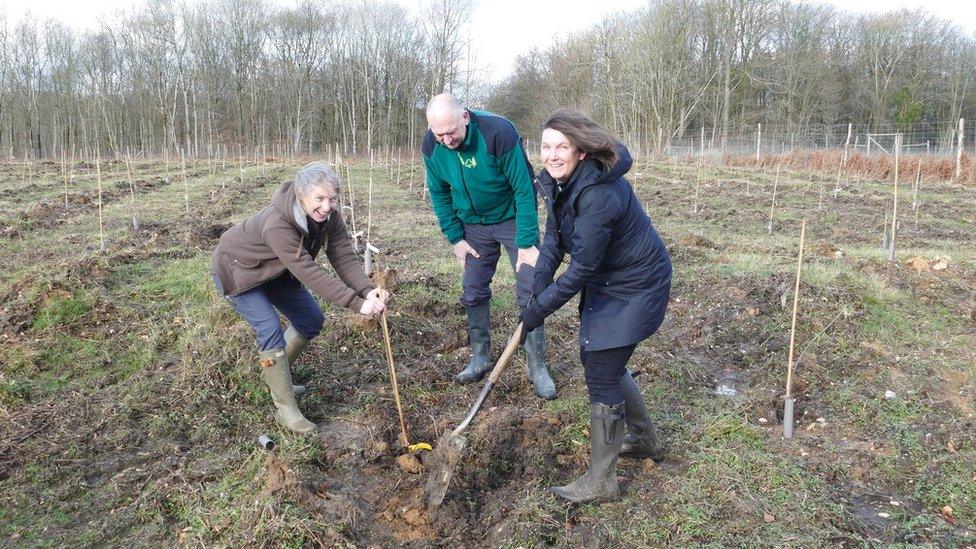
The saplings will be monitored for five years to identify those that were "truly tolerant"
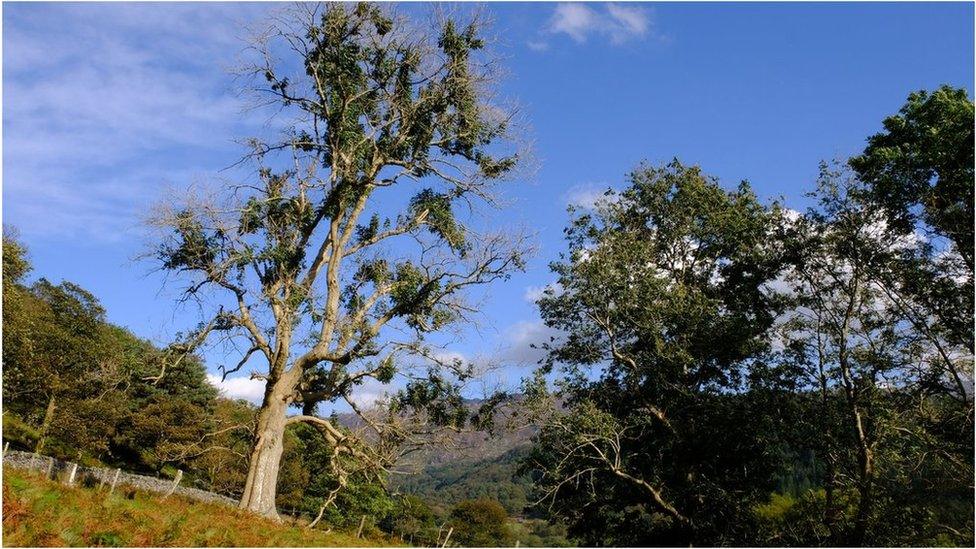
Up to 95% of UK ash trees could be risk, according to the Woodland Trust
Ash dieback could eventually kill between 70% and 95% of UK's ash trees, according to separate studies.
The resistant trees were identified at plantations in East Anglia and elsewhere, as part of the government's £1.9m Ash Archive project.
Their shoots were grafted on to rootstocks and planted at an unspecified location in Hampshire by the Future Trees Trust.
The charity said the saplings would be monitored for five years to identify those that were "truly tolerant".
Head of research Jo Clark said: "It's exciting to finally see these trees planted.
"We will ensure we have the most tolerant individuals with which to commence a new breeding programme for ash."
How does ash dieback develop?
Ash dieback is caused by the fungus Hymenoscyphus fraxineus, which originated in Asia.
In its native range, it causes little damage to trees, but when the fungus was introduced to Europe about 30 years ago, it caused widespread destruction.
In the UK, 70 million trees could be lost, which would cost the economy £15bn, according to a recent analysis., external.
- Published18 November 2019
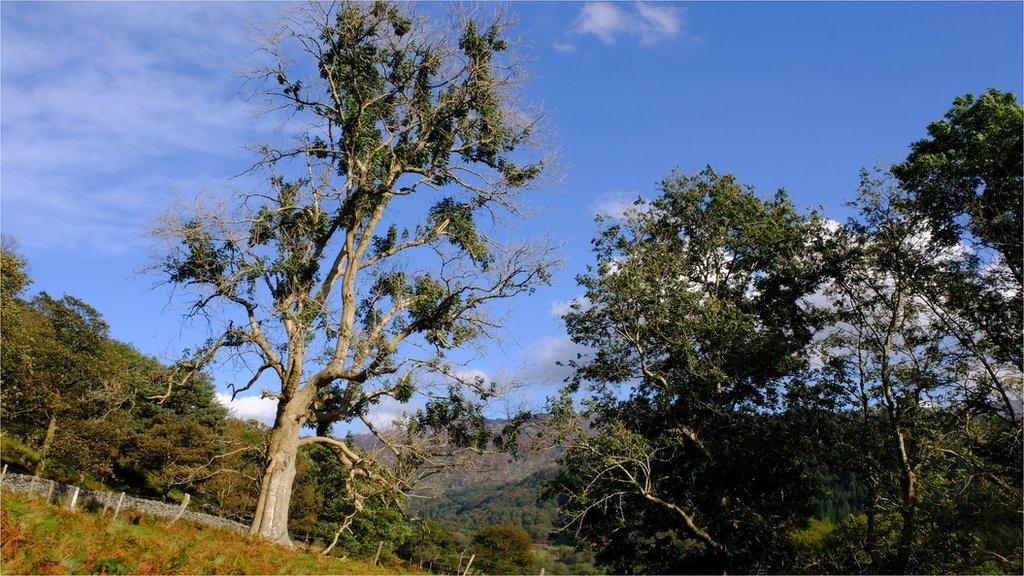
- Published6 May 2019
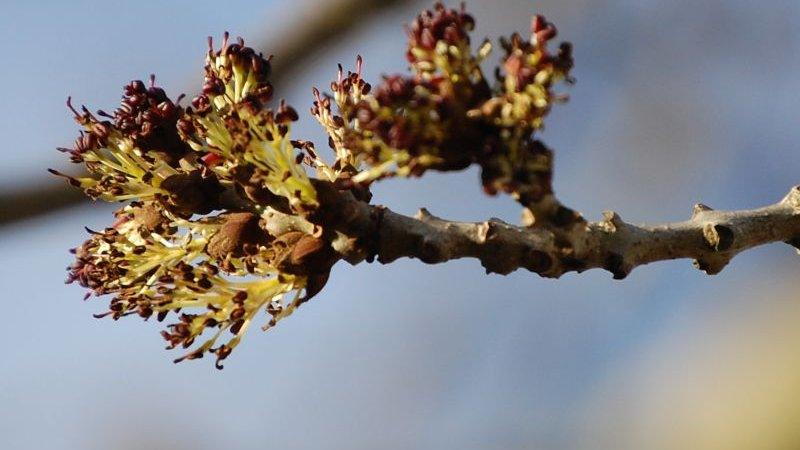
- Published5 December 2018
